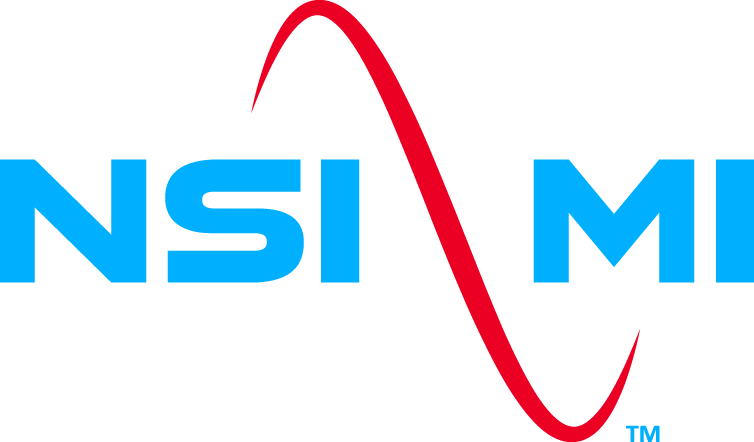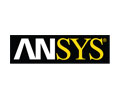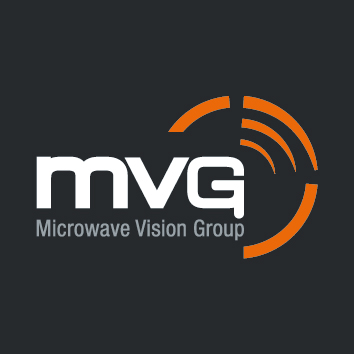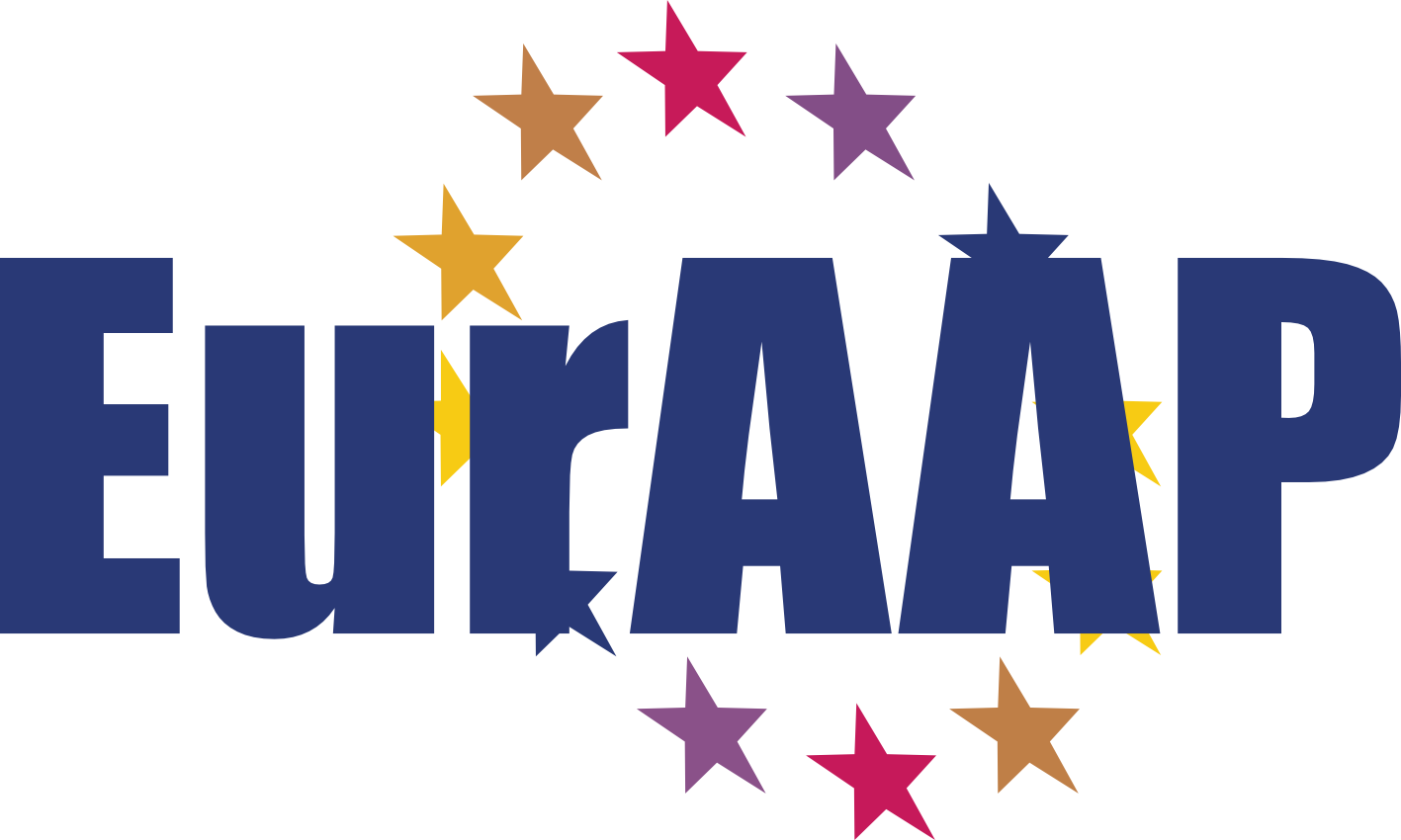Modern Antenna Array Analysis and Design: Network Theory, Mutual Coupling, and Array Signal Processing
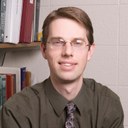 Karl F. Warnick received the B.S. degree (magna cum laude) in Electrical Engineering and Mathematics with University Honors and the Ph.D. degree in Electrical Engineering from Brigham Young University (BYU), Provo, UT, in 1994 and 1997, respectively. From 1998 to 2000, he was a Postdoctoral Research Associate and Visiting Assistant Professor in the Center for Computational Electromagnetics at the University of Illinois at Urbana-Champaign.
Karl F. Warnick received the B.S. degree (magna cum laude) in Electrical Engineering and Mathematics with University Honors and the Ph.D. degree in Electrical Engineering from Brigham Young University (BYU), Provo, UT, in 1994 and 1997, respectively. From 1998 to 2000, he was a Postdoctoral Research Associate and Visiting Assistant Professor in the Center for Computational Electromagnetics at the University of Illinois at Urbana-Champaign.
Since 2000, he has been a faculty member in the Department of Electrical and Computer Engineering at BYU, where he is currently a Professor. In 2005 and 2007, he was a Visiting Professor at the Technische Universität München, Germany. Dr. Warnick has published many scientific articles and conference papers on electromagnetic theory, numerical methods, remote sensing, antenna applications, phased arrays, biomedical devices, and inverse scattering, and is the author of the books Problem Solving in Electromagnetics, Microwave Circuits, and Antenna Design for Communications Engineering (Artech House, 2006) with Peter Russer, Numerical Analysis for Electromagnetic Integral Equations (Artech House, 2008), Numerical Methods for Engineering: An Introduction Using MATLAB and Computational Electromagnetics Examples (Scitech, 2010), and Phased Arrays for Radio Astronomy, Remote Sensing, and Satellite Communications (Cambridge University Press).
Dr. Warnick is a Fellow of the IEEE and is a recipient of a National Science Foundation Graduate Research Fellowship, Outstanding Faculty Member award for Electrical and Computer Engineering, the BYU Young Scholar Award, the Ira A. Fulton College of Engineering and Technology Excellence in Scholarship Award, and the BYU Karl G. Maeser Research and Creative Arts Award. He has served the Antennas and Propagation Society as a member and co-chair of the Education Committee and as Senior Associate Editor of the IEEE Transactions on Antennas and Propagation. Dr. Warnick has been a member of the Technical Program Committee for the International Symposium on Antennas and Propagation for several years and served as Technical Program Co-Chair for the Symposium in 2007.
Abstract
For high performance antenna arrays in satellite communications, radio astronomy, remote sensing, and other applications, classical methods such as the array factor and the infinite array approximations are giving way to more modern analysis techniques.
This course will present a system-level viewpoint on array modeling and design, based on full wave numerical simulation methods for the antenna response, network analysis for amplifiers and electronics, and array signal processing theory for array calibration and beamforming. Specific topics include:
- Application examples and current research and development challenges for high performance phased arrays,
- Reciprocity relations for modeling embedded array elements using full wave numerical methods,
- The lossless, resonant, minimum scattering approximation for fast simulation of antenna arrays including first-order mutual coupling effects,
- Active impedance matching,
- Noise performance of high sensitivity active arrays,
- New terms from the latest IEEE Standard 145-2013 for active antenna arrays,
- Experimental characterization using the free space Y-factor measurement method,
- Concepts from array signal processing theory, including array gain or SNR gain, the array output voltage covariance matrix, and statistically optimal beamforming algorithms.
Attendees will receive a simple but powerful modelling code that implements many of the techniques covered in the course, and may optionally bring a laptop with MATLAB installed in order to execute examples during the course.
The course will emphasize practical understanding, hands-on learning, discussion, and detail-level implementation of key tools for modern array simulation and design optimization.
Course Outline
Material in the course will be presented using slides, augmented by simulations run in real time during the course for example scenarios. The course will be organized as follows:
- Introduction. Phased array development projects around the world in radio astronomy, remote sensing, satellite communications, and other fields. Aperture arrays and phased array feeds. System performance requirements. Current open practical and theoretical challenges in active array research.
- Modeling array antennas in the overlap matrix and correlation matrix representations. Transmitting arrays and receiving arrays. Signal and noise correlation matrices. The fundamental noise theorem for phased arrays.
- Lossless, resonant, minimum scattering approximation for fast array simulation including first order mutual coupling effects.
- Performance characterization and figures of merit. Array gain, isotropic noise response, active antenna effective area, radiation and receiving efficiency, receiver noise, active impedance matching, noise matching efficiency, and the array Y-factor measurement technique. Example simulation cases.
- Full wave numerical modeling of phased array antennas. Method of moments, finite difference methods, and finite element methods.
- Design considerations for array elements and the analog front end. Planar arrays for satellite communications. Dual polarization arrays for polarimetry.
- Array signal processing, array calibration, deterministic beamforming, and statistically optimal beamforming. Relationships between the maximum SNR, maximum directivity, maximum gain, and conjugate field match beamformers. Interference mitigation. Digital signal processing implementations.
- Conclusions, questions, and discussion.

